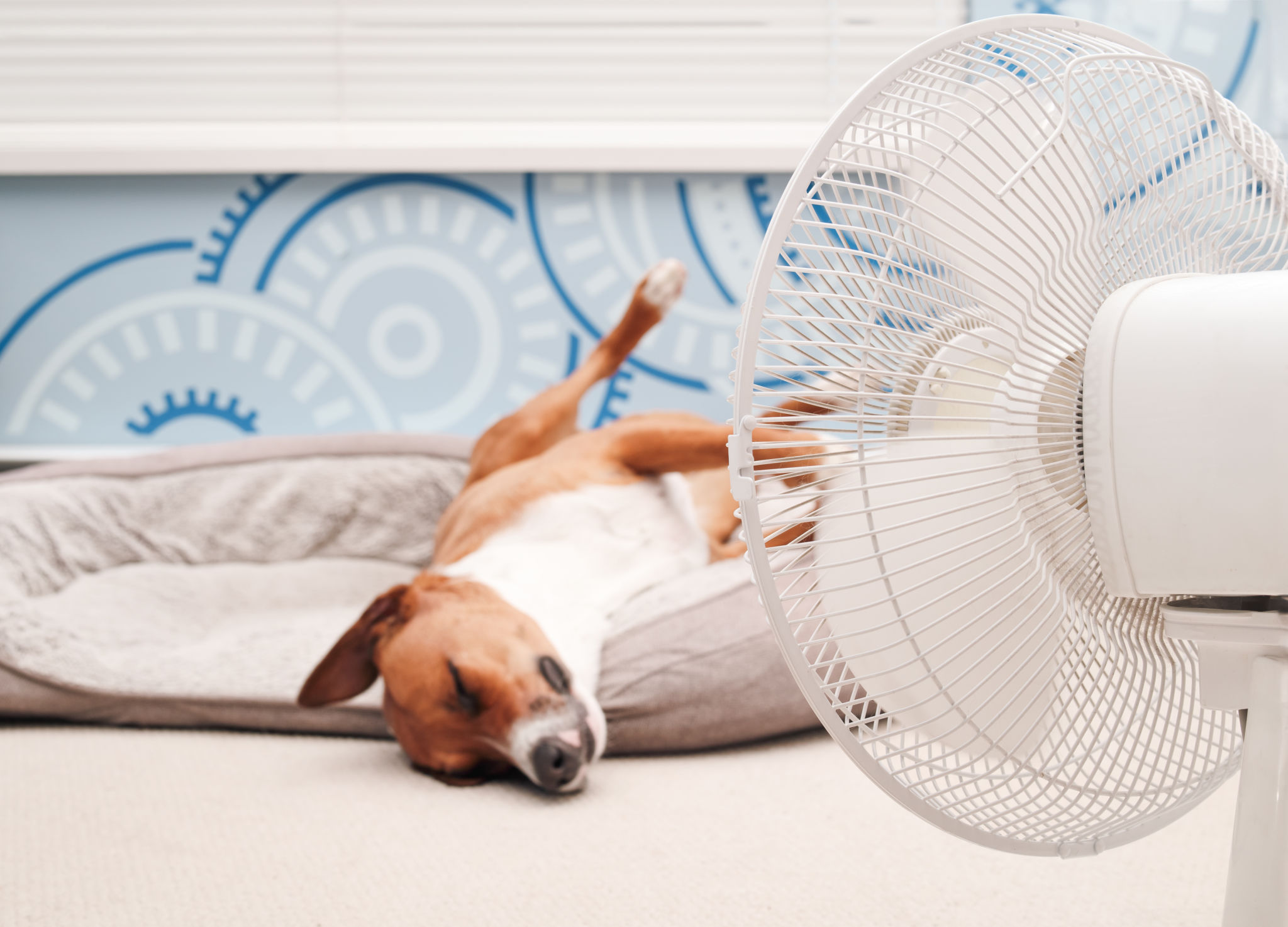Preparing for Your First Kickboxing Class: A Beginner's Guide
Understanding Kickboxing Basics
If you’ve decided to take the plunge and sign up for your first kickboxing class, congratulations! This dynamic workout is not only a fantastic way to improve your physical health but also a great stress-reliever. Before you step into the gym, it’s helpful to familiarize yourself with the basics of kickboxing. Essentially, kickboxing combines elements of martial arts and traditional boxing, utilizing punches, kicks, and sometimes knee strikes.

It's crucial to understand that kickboxing is not just about physical strength but also about agility and balance. Many beginners find that it challenges various muscle groups they might not usually engage. Therefore, being prepared mentally and physically can make your first class more enjoyable and productive.
What to Wear and Bring
Choosing the right attire is essential for comfort and safety during your kickboxing class. Opt for breathable, moisture-wicking athletic wear that allows for a full range of motion. Avoid loose clothing that might get in your way as you move.
- Footwear: Some classes require specific shoes, while others are done barefoot. Check with your gym beforehand.
- Gloves and Wraps: Many gyms provide gloves and wraps, but owning your own set ensures a better fit and hygiene.
- Water Bottle: Staying hydrated is key to maintaining energy levels throughout the session.
Preparing the right gear not only keeps you safe but also helps you feel more confident as you step into the ring for the first time.
Pre-Class Preparation
Before diving into your first class, a bit of preparation can go a long way. Start with some basic cardio exercises like jogging or cycling to build endurance. Flexibility is also important in kickboxing, so incorporating stretching into your routine is beneficial.

Additionally, consider watching a few beginner kickboxing videos online to familiarize yourself with common moves such as jabs, hooks, and roundhouse kicks. This will give you a head start and make the class less intimidating.
The Importance of Warm-Up
A thorough warm-up is critical in preventing injury and enhancing performance. Most classes will begin with a warm-up session, but it doesn't hurt to arrive early and do some light stretches or jumping jacks. Warming up increases blood flow to muscles, improving flexibility and reducing the risk of strains.

Remember, the goal of the warm-up is to prepare your body for more intense activity, so take it seriously to make the most out of your workout.
During the Class: What to Expect
Your first kickboxing class will likely begin with an introduction to basic techniques followed by practice drills. Don’t worry if you don’t get everything right on your first try. Focus on learning the proper form and technique rather than speed or power.
The instructor will guide you through combinations of punches and kicks, often integrated with cardio intervals to keep your heart rate up. Pay attention to their instructions and feel free to ask questions if anything is unclear.
Post-Class Recovery
After an intense kickboxing session, it’s important to cool down properly. Engage in some light stretching to help your body recover and prevent stiffness. Hydrate well and consider having a protein-rich snack to aid muscle repair.
Remember that soreness is natural after trying a new workout. However, if you experience sharp pain or discomfort, consult with a professional to ensure everything is okay.
Kickboxing can be an exhilarating fitness journey, offering both physical and mental benefits. With the right preparation and mindset, you’ll be well on your way to mastering those kicks and punches!